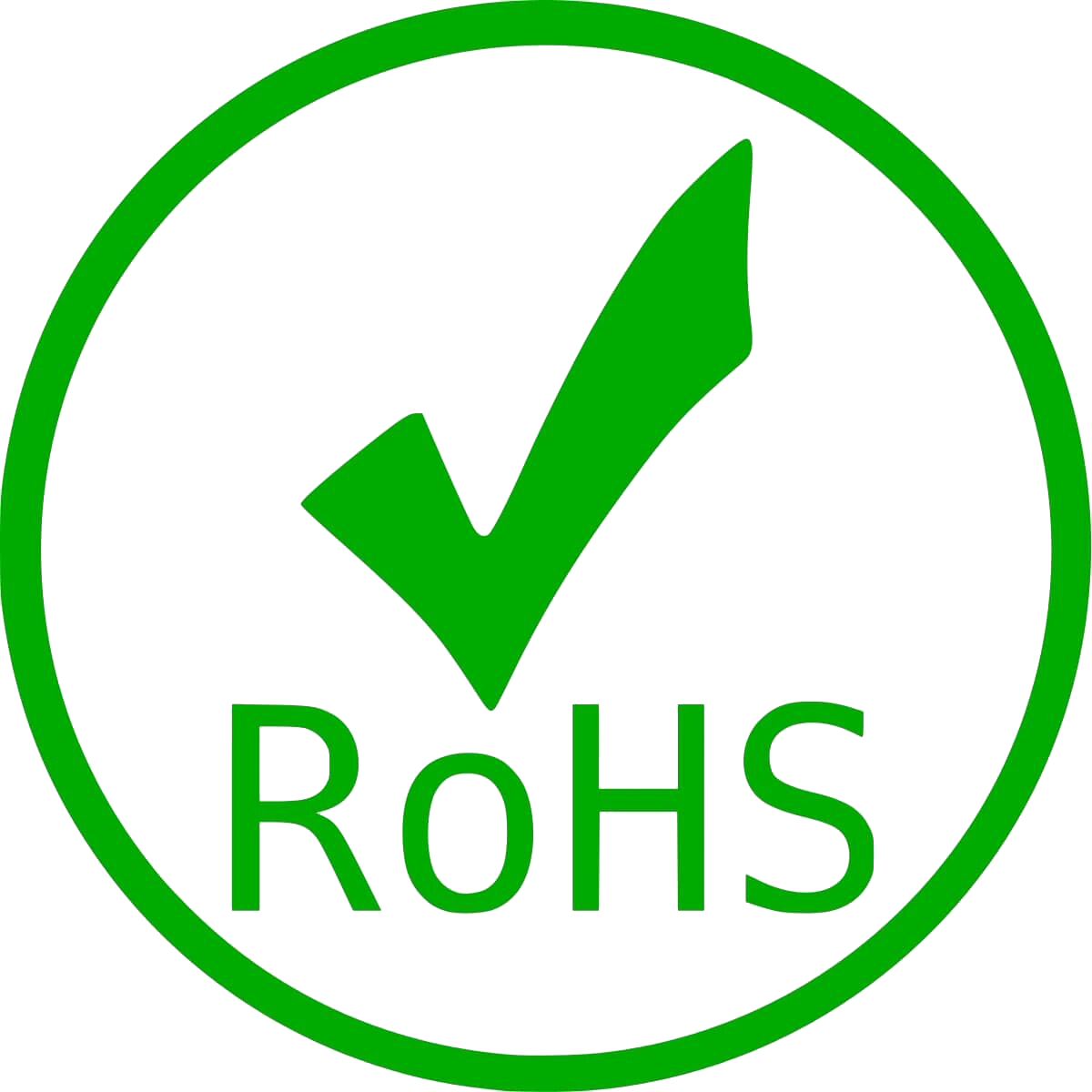RoHS for Only Rs.6000/-
RoHS is a regulatory framework that restricts the use of hazardous substances in electrical and electronic equipment to protect human health and the environment. It is a significant driver for the development of cleaner and more sustainable electronic products and has implications for manufacturers, importers, and distributors of electronic goods worldwide.


.png)





